
What Is Generalized Anxiety Disorder?
A generalized anxiety disorder isn't just a fear or a phobia. It is not just anxiety about a medical condition or social interaction. And it's not a panic disorder, an obsessive-compulsive disorder, or a reaction to acute stress, although it can be all of those things. A generalized anxiety disorder is excessive, inexplicable, uncontrollable, and often irrational worry about day to day matters in the affected persons life. It can cause fatigue, fidgeting, nausea, vomiting, muscle tension, headache, trembling, twitching, agitation, irritability, muscle aches, trouble swallowing, difficulty breathing, sweating, hot flashes, and rashes, the symptoms lasting for months on end, at least six months to be classified as a generalized anxiety disorder.
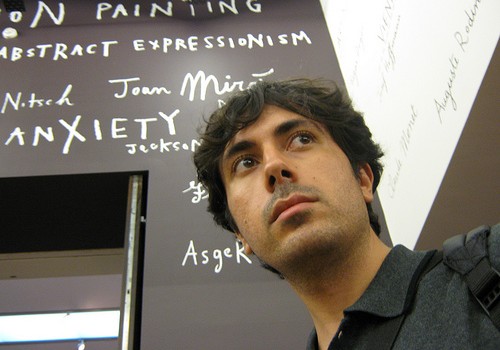
Sense Of Tension Originating In The Brain
Medical experts agree that generalized anxiety disorder results from problems in processing in a region of the brain known as the amygdala. Sensory information enters this part of the brain through another part of the brain known as the basolateral complex. The basolateral complex matches sensory input to sensory memories of fearful experiences. If what is going on in the outside world matches a sensory memory of a fear-inducing event, then the brain can go on high alert to deal with the threat. The problem in generalized anxiety disorder is that the amygdala mismatches sensory inputs with fearful memories.
- Important notification about information and brand names used in this slideshow!
- Photo courtesy of Sim Dawdler by Flickr : www.flickr.com/photos/simulation/2910945972/
- Tambs K, Czajkowsky N, Røysamb E, Neale MC, Reichborn-Kjennerud T, Aggen SH. Structure of genetic and environmental risk factors for dimensional representations of DSM-IV anxiety disorders. Br J Psychiatry. Oct 2009.195(4):301-7.
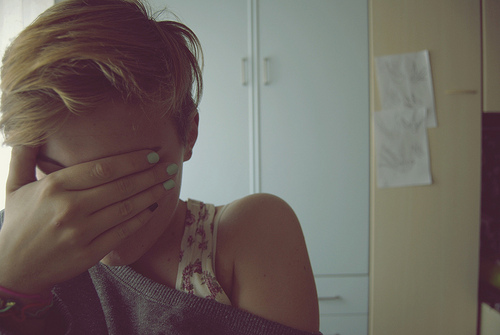
Physical Symptoms Of Generalized Anxiety Disorder
When the amygdala processes sensory information by connecting it to fearful memories, there is increased production of neurotransmitters such as norepinephrine, serotonin, dopamine, and gamma-aminobutyric acid (GABA). The flood of chemicals into the gaps between the neurons of the brain increases both communication between neurons and, oddly enough, the capacity for feeling pleasure. Different neurotransmitters tend to predominate in different manifestations of anxiety. Compulsive behavior tends to be linked to overproduction of serotonin. The brain makes more serotonin when there is greatere consumption of sugar in the diet. Ticks and twitches are more closely related to excesses of dopamine, which occur after risk-taking behavior or pleasurable activities. Panic disorders are triggered by increased production of stress hormones such as norepinephrine. But excesses of all the brain chemicals all at once create the spectrum of symptoms that make generalized anxiety disorder such an unpleasant experience.
- Important notification about information and brand names used in this slideshow!
- Photo courtesy of Alessandra by Flickr : www.flickr.com/photos/a-lish147/5021241570/
- Tambs K, Czajkowsky N, Røysamb E, Neale MC, Reichborn-Kjennerud T, Aggen SH. Structure of genetic and environmental risk factors for dimensional representations of DSM-IV anxiety disorders. Br J Psychiatry. Oct 2009. 195(4):301-7.
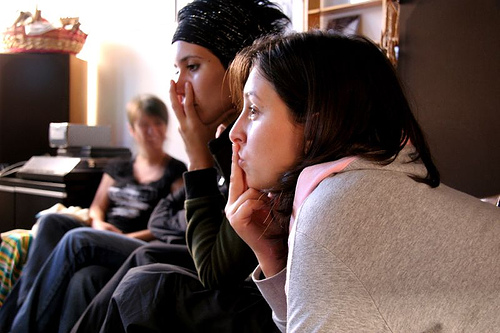
Who's At Risk?
Anxiety disorders tend to be higher in minority groups, whichever group happens to be the minority of the population in a given location. There are no other racial predispositions to the disorder, just the experience of being part of a minority. About 60% of people who are diagnosed with generalized anxiety disorder are women. About 40% are men. Specific phobias (fear of heights, fear of dogs, fear of birds, and so on) are most likely to develop in childhood, and social anxiety is most likely to develop before the age of 30. Generalized anxiety disorder, however, gets more common as people get older and have less control over their environment.
- Important notification about information and brand names used in this slideshow!
- Photo courtesy of Veronica Olivotto by Flickr : www.flickr.com/photos/98909113@N00/236385016/
- Wittchen HU, Fehm L. Epidemiology, patterns of comorbidity, and associated disabilities of social phobia. Psychiatr Clin North Am. Dec 2001. 24(4):617-41.

Causes Of Generalized Anxiety Disorder
Generalized anxiety disorders do not seem to have a single clear-cut cause. As we all know, some people seem to be more resilient to stress than others. That would seem to suggest that generalized anxiety disorders have a genetic cause. However, just about anybody can develop an anxiety disorder if exposed to enough stress. That suggests that generalized anxiety disorders also have a genetic component. What the doctor may often overlook is that anxiety can be caused by a medication, either a prescription medication or certain natural, herbal remedies. When generalized anxiety disorder results from post-traumatic stress, there may not be a single event that triggers the condition, but rather a series of events that lead to the brain's "overload" from fear-inducing stresses.
- Important notification about information and brand names used in this slideshow!
- Photo courtesy of Alosh Bennett by Flickr : www.flickr.com/photos/aloshbennett/323179087/
- Kessler RC, McGonagle KA, Zhao S, Nelson CB, Hughes M, Eshleman S, et al. Lifetime and 12-month prevalence of DSM-III-R psychiatric disorders in the United States. Results from the National Comorbidity Survey. Arch Gen Psychiatry. Jan 1994. 51(1):8-19.

Diagnosing Generalized Anxiety Disorder
Doctors diagnose generalized anxiety disorder in much the same way as lay people. When a patient comes in with multiple symptoms of fearfulness that cannot be easily explained in terms of life events and circumstances, the doctor starts looking for a disorder. Not everything that looks like an anxiety disorder actually is an anxiety disorder, however. The doctor will rule out problems with the adrenal glands, complications of alcoholism, severe fatigue caused by sleep apnea, problems with heart rhythms, caffeine-related problems, cannabis-related problems, fibromyalgia, folic acid deficiency, food poisoning, overactive parathyroid glands, overactive thyroid glands, irritable bowel syndrome, and migraine. Hyperthyroidism (overactive thyroid) is the most common medical cause of similar symptoms.
- Important notification about information and brand names used in this slideshow!
- Photo courtesy of andyde by Flickr : www.flickr.com/photos/andyde/4762068009/
- Kessler RC, McGonagle KA, Zhao S, Nelson CB, Hughes M, Eshleman S, et al. Lifetime and 12-month prevalence of DSM-III-R psychiatric disorders in the United States. Results from the National Comorbidity Survey. Arch Gen Psychiatry. Jan 1994. 51(1):8-19.

Psychotherapy
Several clinical studies have found that psychotherapy, in the form of cognitive-behavioral therapy, is better than medication for controlling the symptoms of generalized anxiety disorder. However, psychotherapy and drug therapy are not mutually exclusive. Seeing a psychiatrist, who can prescribe drugs, may be more helpful than seeing a psychologist, who cannot, at least in the early stages of treatment. When talk therapy is not appropriate, the psychiatrist may offer relaxation therapy, mindfulness therapy, or general supportive psychotherapy. People who become so anxious that they lose the ability to interact with others, or who cannot meet their daily needs, or who threaten suicide or homicide are usually hospitalized.
- Important notification about information and brand names used in this slideshow!
- Photo courtesy of Army Medicine by Flickr : www.flickr.com/photos/armymedicine/6748934917/
- Toneatto T, Nguyen L. Does mindfulness meditation improve anxiety and mood symptoms? A review of the controlled research. Can J Psychiatry. Apr 2007. 52(4):260-6.
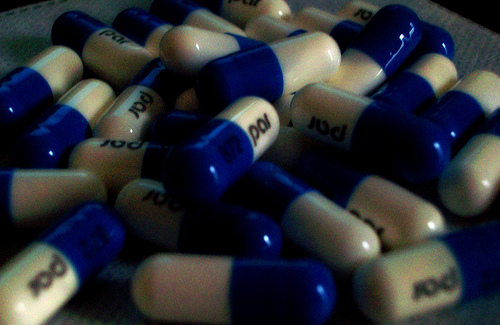
Medications
Fifty years ago, anxiety disorders of all kinds were usually treated with tranquilizers. The idea was that making the brain sluggish would reduce troublesome symptoms and harmful behaviors. Nowadays, doctors treat anxiety disorders with antidepressants, on the theory that if the brain has the ability to distinguish rationally fear-inducing sensory input from sensations that do not portend immediate harm, the symptoms of anxiety will be greatly decreased. In some cases, doctors will prescribe medications for high blood pressure (especially beta-blockers, which slow down nerve impulses outside the brain), anticonvulsants, and medications for migraine. Many people who have anxiety issues self-medicate with alcohol, but this is usually a bad idea, because alcohol actually increases the sensitivity of the brain to fearful, bad memories. For anxiety disorders that are accompanied by obsessive-compulsive disorder, the doctor may prescribe antipsychotic drugs.
- Important notification about information and brand names used in this slideshow!
- Photo courtesy of enviied by Flickr : www.flickr.com/photos/33786992@N08/3460619140/
- Toneatto T, Nguyen L. Does mindfulness meditation improve anxiety and mood symptoms? A review of the controlled research. Can J Psychiatry. Apr 2007.52(4):260-6.
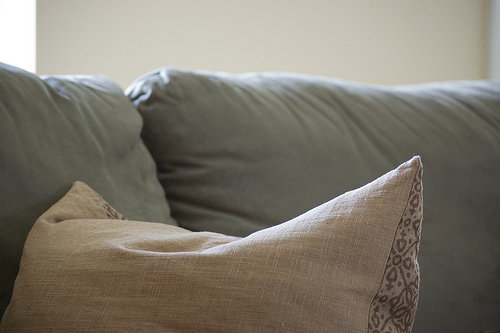
Prevention
One of the most important things anyone who has an anxiety disorder can do is to avoid taking stimulants. Simply avoiding that second (or third or fourth) cup of coffee in the morning may greatly reduce the risk of a panic attack later in the day. Herbal stimulants, such as bitter orange, or, where still available, ephedra, are also not a good idea, and it is best to avoid decongestants that contain stimulants, such as Pseudo-Fed. If there is a specific situation, such as heights or social interaction, that makes anxiety symptoms particularly severe, then it is usually a good idea to do desensitization therapy. With or without the help of a therapist, one experiences the least threatening version of the phobia-incuding event and gradually increases exposure as safety is experienced.
- Important notification about information and brand names used in this slideshow!
- Photo courtesy of Mandy Jansen by Flickr : www.flickr.com/photos/drh/2461973513/
- Kobak KA, Greist JH, Jefferson JW, Katzelnick DJ, Henk HJ. Behavioral versus pharmacological treatments of obsessive compulsive disorder: a meta-analysis. Psychopharmacology (Berl). Apr 1998.136(3):205-16.
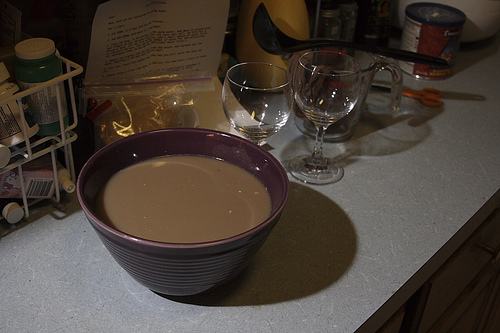
Herbal Remedies: Kava
Kava, also known as kava-kava, is a South Pacific herb frequently used to treat anxiety. The active chemicals in the herb are similar to benzodiazepines, the kinds of chemicals that are found in tranquilizers such as Librium, Valium, and Xanax. The important thing to know about kava is that it does not mix well with alcohol. Using kava after drinking alcohol or drinking alcohol within 8 hours of taking kava can cause excessive tranquilizing effects. Usually this just results in sleep from which it is hard to wake up, but more serious neurological events are not unknown from combining the two drugs. In the 1990's there was a scare, originating in Germany, about potential of kava to damage the liver, but in all but 2 of the 30-plus cases brought to the attention of health authorities, another substance turned out to be the real problem, and in those 2 cases, a clear link to kava was never found. Just avoid combining alcohol with kava use, and don't forget that psychotherapy or counseling is an important part of long-term progress.
- Important notification about information and brand names used in this slideshow!
- Photo courtesy of drazz by Flickr : www.flickr.com/photos/cluefree/365322274/
- Sarris J, Stough C, Bousman CA, Wahid ZT, Murray G, Teschke R, Savage KM, Dowell A, Ng C, Schweitzer I. Kava in the Treatment of Generalized Anxiety Disorder: A Double-Blind, Randomized, Placebo-Controlled Study. J Clin Psychopharmacol. 2013 Apr 30.





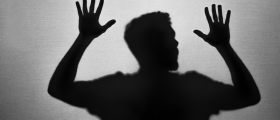





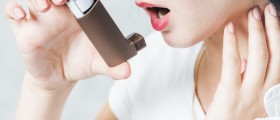
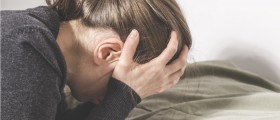


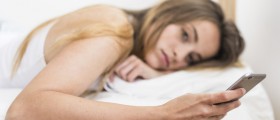








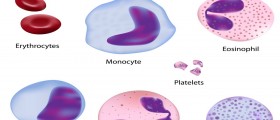
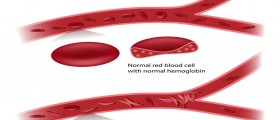
Your thoughts on this
Loading...